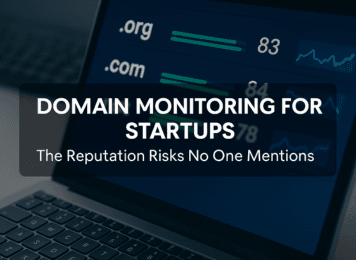When launching a startup, your domain might feel like the least of your concerns. You register it, maybe renew it once a year — and focus on product, users, and funding. But while your attention is elsewhere, your domain might quietly become a threat.
Not because of what you’ve done, but because of what you didn’t see coming.
